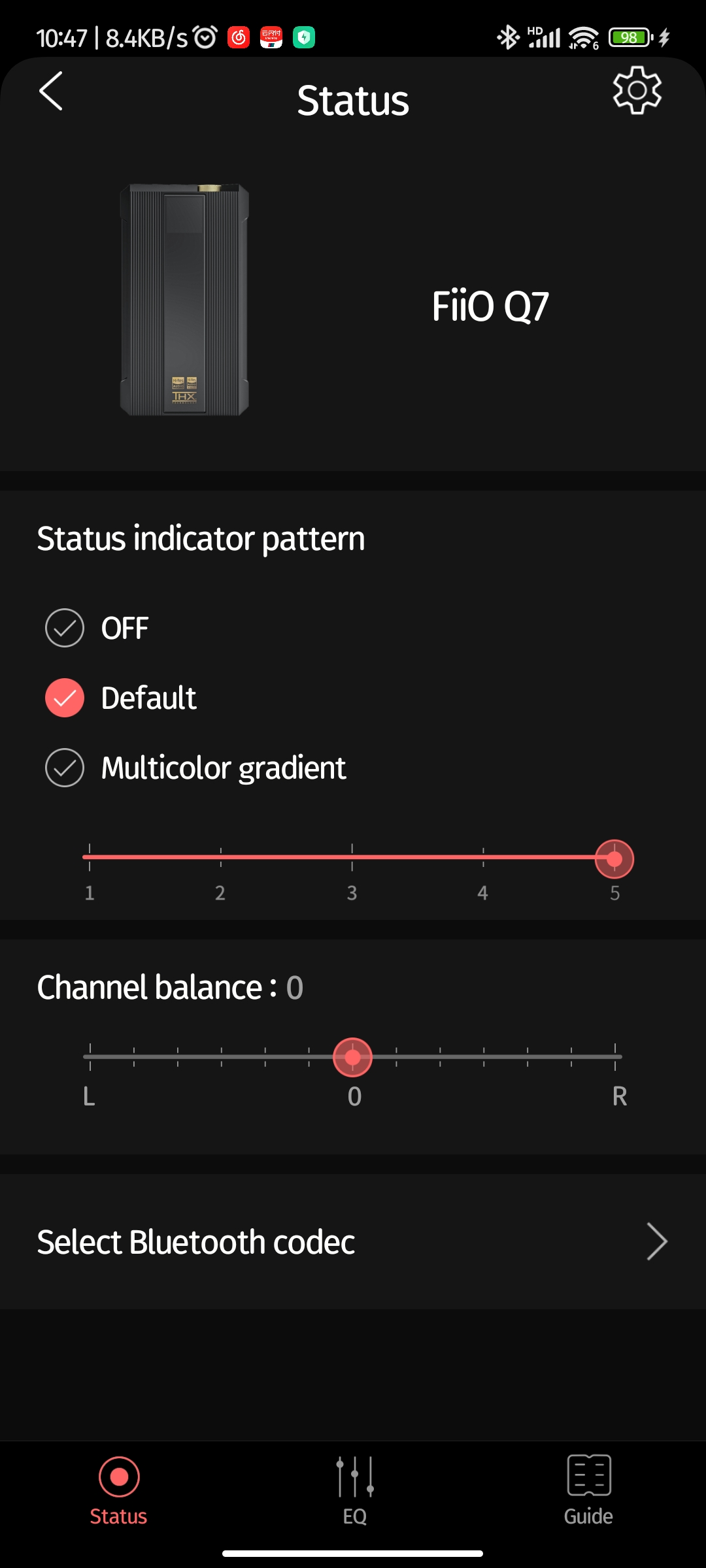roncruiser
Head-Fier
- Joined
- Dec 1, 2008
- Posts
- 70
- Likes
- 111
Finally got some time to listen.
Here are some random thoughts of mine:
Basic Setup: Tidal (PC/Phone) --->Q7--->Sennheiser HD 650
Here are some random thoughts of mine:
Basic Setup: Tidal (PC/Phone) --->Q7--->Sennheiser HD 650
- This is my very first "portable" headphone amp.
- It's not as beefy as I thought it was going to be based on what I read on this thread. It's heavy but it is very portable. Definitely not pocketable.
- I don't hear a difference in the filters. Not even a slight difference. I've had others in my family try to detect a difference. They cannot hear a difference either. Anyone else?
- Is the 6.35 jack port Single Ended or Balanced? I think it's Balance, but I am not 100% sure.
- I don't know which to run: LO or PO for my 650's. 650's are 300 ohms. I've been using PO.





























